DIY reflector iimprovements for shop lights?
ramsay22
15 years ago
Related Stories
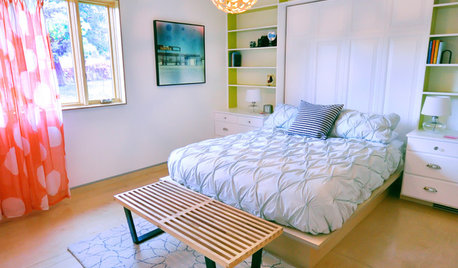
WOODTry DIY Plywood Flooring for High Gloss, Low Cost
Yup, you heard right. Laid down and shined up, plywood can run with the big flooring boys at an affordable price
Full Story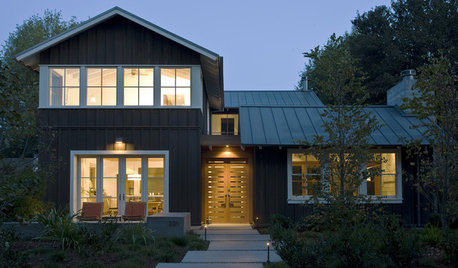
LIGHTINGHow to Choose the Right Solar Lights
Learn about different types of outdoor solar lights, where to use them and why you might want to avoid the bargain bin
Full Story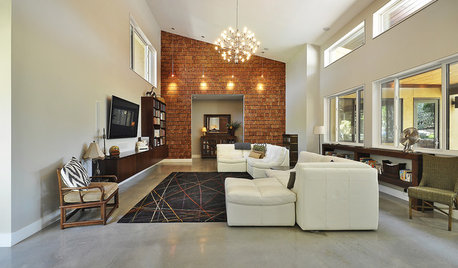
LIGHTINGReady to Install a Chandelier? Here's How to Get It Done
Go for a dramatic look or define a space in an open plan with a light fixture that’s a star
Full Story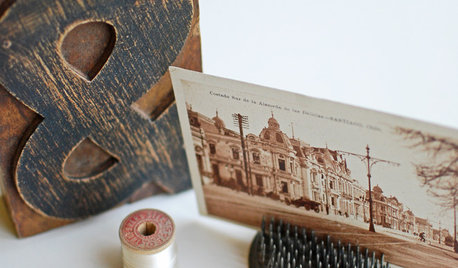
HOW TO PHOTOGRAPH YOUR HOUSESmall-Business Savvy: Photograph Products Like a Pro
Take impressive photos of your work for a website, a portfolio or packaging with any camera and these 5 tips
Full Story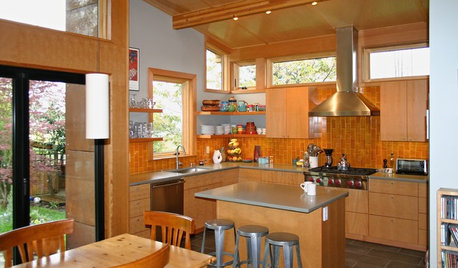
CONTRACTOR TIPS10 Things to Discuss With Your Contractor Before Work Starts
Have a meeting a week before hammers and shovels fly to make sure everyone’s on the same page
Full StoryMore Discussions






garysgarden
bluemater
Related Professionals
South Elgin Landscape Architects & Landscape Designers · Concord Landscape Contractors · Andover Landscape Contractors · Corona Landscape Contractors · Hollywood Landscape Contractors · Middletown Landscape Contractors · Saint John Landscape Contractors · Golden Valley Landscape Contractors · Norridge Landscape Contractors · Brooklyn Park Fence Contractors · Framingham Fence Contractors · Laguna Hills Fence Contractors · Oakland Fence Contractors · Brooklyn Roofing & Gutters · Fort Lee Roofing & Guttershydrotheoretical
Karen Pease
hydrotheoretical
garysgarden
albert_135 39.17°N 119.76°W 4695ft.
Karen Pease
garysgarden